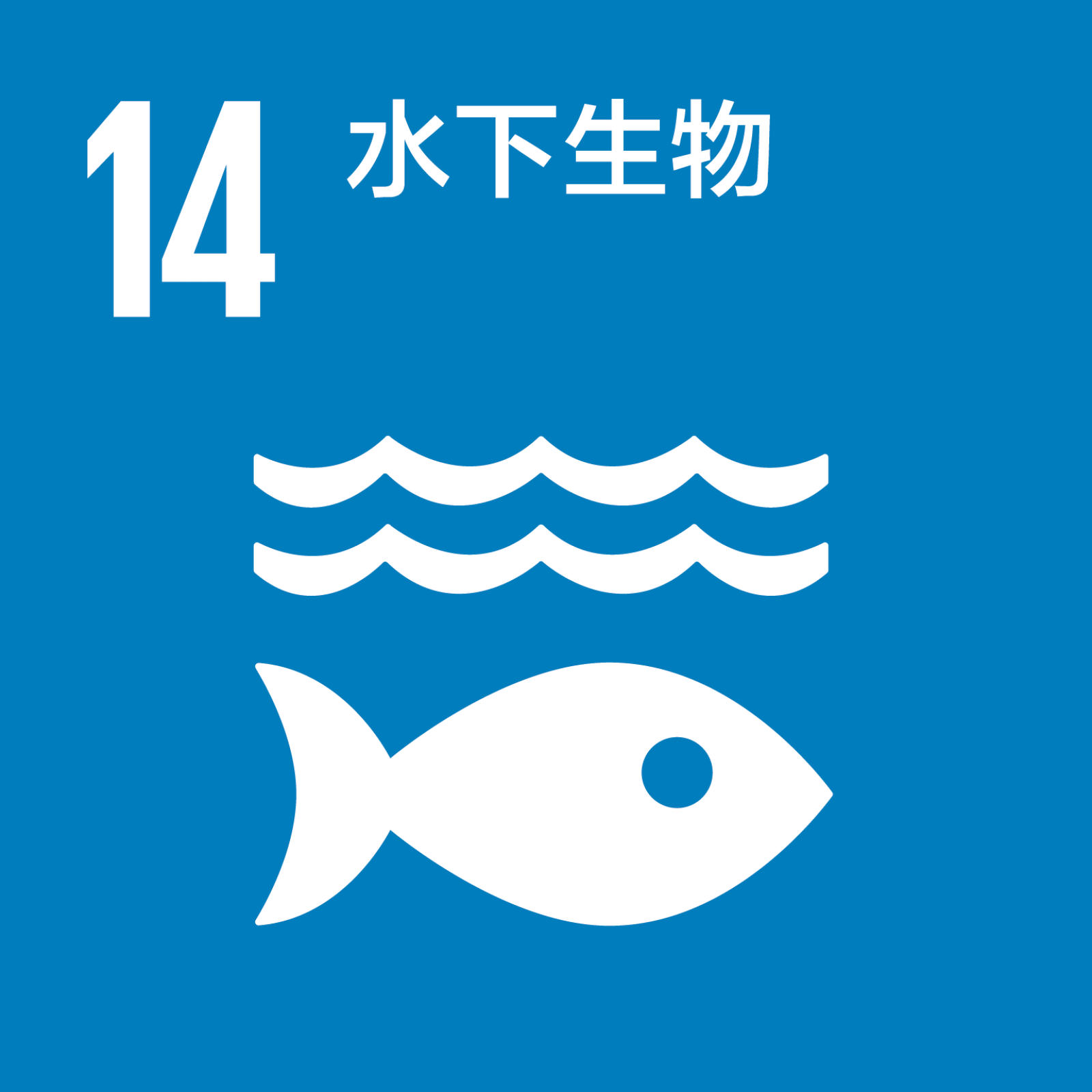The Explorer
Displaying 1 - 58 of 58 (zh-hans)
Show first (zh-hans)
Instruments (zh-hans)
| 目标 | 具体目标 | 文书 | 条款 / 描述 |
|---|---|---|---|

保护海洋生态 |
14.5 到2020年,根据国内和国际法,并基于现有的最佳科学资料,保护至少10%的沿海和海洋区域。 Indicators (zh-hans)
|
Escazú Agreement
Regional Agreement on Access to Information, Public Participation and Justice in Environmental Matters in Latin America and the Caribbean |
11.3.a discussions, workshops, expert exchanges, technical assistance, education and observatories; |
11.3.b developing, sharing and implementing educational, training and awareness-raising materials and programmes; |
|||
11.3.c sharing experiences of voluntary codes of conduct, guidelines, good practices and standards; |
|||
11.3.d committees, councils and forums of multisectoral development stakeholders to address cooperation priorities and activities. |
|||
6.7 Each Party shall use its best endeavours to publish and disseminate at regular intervals, not exceeding five years, a national report on the state of the environment, which may contain: |
|||
6.3.g climate change sources aimed at building national capacities; |
|||
6.7.a information on the state of the environment and natural resources, including quantitative data, where possible; |
|||
6.7.z Such reports shall be drafted in an easily comprehensible manner and accessible to the public in different formats and disseminated through appropriate means, taking into account cultural realities. Each Party may invite the public to make contributions to these reports. |
|||
4.3 Each Party shall adopt the necessary measures, of a legislative, regulatory, administrative or any other nature, in the framework of its domestic provisions, to guarantee the implementation of the provisions of the present Agreement. |
|||
6.3.e information on the use and conservation of natural resources and ecosystem services; |
|||
6.3.f scientific, technical or technological reports, studies and information on environmental matters produced by academic and research institutions, whether public or private, national or foreign; |
|||
6.3 Each Party shall have in place one or more up-to-date environmental information systems, which may include, inter alia: |
|||
10.2 Each Party, in line with its capacities, may take, inter alia, the following measures: |
|||
10.2.a train authorities and civil servants on environmental access rights; |
|||
10.2.d promote education and training on, and raise public awareness of, environmental matters, through, inter alia, basic educational modules on access rights for students at all levels of education; |
|||
10.2.e develop specific measures for persons or groups in vulnerable situations, such as providing interpreters or translators in languages other than official languages when necessary; |
|||
11.3 For the purposes of implementing paragraph 2 of the present article, the Parties shall promote activities and mechanisms, such as: |
|||
10.2.b develop and strengthen environmental law and access rights awareness-raising and capacity-building programmes for, inter alia, the public, judicial and administrative officials, national human rights institutions and jurists; |
|||
10.2.c provide the competent institutions and entities with adequate equipment and resources; |
|||
10.2.f acknowledge the importance of associations, organizations or groups that train the public on or raise public awareness of access rights; |
|||
10.2.g strengthen capabilities to collect, retain and evaluate environmental information. |
|||
Protocol of San Salvador
Additional Protocol to the American Convention on Human Rights in the Area of Economic, Social and Cultural rights (Protocol of San Salvador) |
11.2 The States Parties shall promote the protection, preservation, and improvement of the environment. |
||
ACHPR
African Charter on Human and Peoples' Rights |
24 All peoples shall have the right to a general satisfactory environment favourable to their development. |
||
Maputo Protocol
Protocol to the African Charter on Human and Peoples’ Rights on the Rights of Women in Africa |
18.1 Women shall have the right to live in a healthy and sustainable environment. |
||
CBD
Convention on Biological Diversity |
8 Each Contracting Party shall, as far as possible and as appropriate: |
||
8.j Subject to its national legislation, respect, preserve and maintain knowledge, innovations and practices of indigenous and local communities embodying traditional lifestyles relevant for the conservation and sustainable use of biological diversity and promote their wider application with the approval and involvement of the holders of such knowledge, innovations and practices and encourage the equitable sharing of the benefits arising from the utilization of such knowledge, innovations and practices; |
|||
8.b Develop, where necessary, guidelines for the selection, establishment and management of protected areas or areas where special measures need to be taken to conserve biological diversity; |
|||
8.c Regulate or manage biological resources important for the conservation of biological diversity whether within or outside protected areas, with a view to ensuring their conservation and sustainable use; |
|||
8.d Promote the protection of ecosystems, natural habitats and the maintenance of viable populations of species in natural surroundings; |
|||
8.e Promote environmentally sound and sustainable development in areas adjacent to protected areas with a view to furthering protection of these areas; |
|||
8.f Rehabilitate and restore degraded ecosystems and promote the recovery of threatened species, inter alia, through the development and implementation of plans or other management strategies; |
|||
8.a Establish a system of protected areas or areas where special measures need to be taken to conserve biological diversity; |
|||
8.g Establish or maintain means to regulate, manage or control the risks associated with the use and release of living modified organisms resulting from biotechnology which are likely to have adverse environmental impacts that could affect the conservation and sustainable use of biological diversity, taking also into account the risks to human health; |
|||
8.h Prevent the introduction of, control or eradicate those alien species which threaten ecosystems, habitats or species; |
|||
8.i Endeavour to provide the conditions needed for compatibility between present uses and the conservation of biological diversity and the sustainable use of its components; |
|||
8.k Develop or maintain necessary legislation and/or other regulatory provisions for the protection of threatened species and populations |
|||
8.l Where a significant adverse effect on biological diversity has been determined pursuant to Article 7, regulate or manage the relevant processes and categories of activities |
|||
8.m Cooperate in providing financial and other support for in-situ conservation outlined in subparagraphs (a) to (1) above, particularly to developing countries |
|||
联合国关于在发生严重干旱和或荒漠化 的国家特别是在非洲防治荒漠化的公约
联合国关于在发生严重干旱和或荒漠化 的国家特别是在非洲防治荒漠化的公约 |
2.1 本《公约》的目标是在发生严重干旱和/或荒漠化的国家,特别是在非洲防治荒漠化和缓解干旱影响,为此要在所有各级采取有效措施,辅之以在符合《二十一世纪议程》的综合办法框架内建立的国际合作和伙伴关系安排,以期协助受影响地区实现可持续发展。 |
||
2.2 实现这项目标将包括一项长期的综合战略,同时在受影响地区重点提高土地生产力,恢 复、保护并以可持续的方式管理土地和水资源,从而改善特别是社区一级的生活条件。 |
|||
3 为实现本《公约》的目标和履行本《公约》各项规定,缔约方除其他外应以下列为指导: |
|||
10.4 考虑到各个受影响国家缔约方有其具体的情况和要求,国家行动方案,除其他外,酌情 包括下列某些或所有涉及在受影响地区防治荒漠化和缓解干旱影响、涉及其人口的优先领 域措施:提倡另谋生计并改善国家经济环境,以争取加强消灭贫困方案,加强粮食保障; 人口动态;以可持续方式管理自然资源;实行可持续的农业方式;开发和高效率地使用各 种能源;体制和法律框架;加强评估和系统观察能力包括水文和气象服务以及能力建设、 教育和公众意识。 |
|||
3.c _x0007_缔约方应当本着伙伴关系的精神在政府所有各级、社区、非政府组织和土地所有者之 间发展合作,更好地认识受影响地区土地资源和稀缺的水资源的性质和价值,并争取 以可持续的方式利用这些资源;及 |
|||
4.2 为实现本《公约》的目标,缔约方应: |
|||
4.2.d )تعزيز التعاون فيما بني الأطراف من البلدان املتأثرة في ميادين احلماية البيئية وحفظ املوارد من الأراضي واملوارد املائية، من حيث صلتها بالتصحر واجلفاف؛ |
|||
Ramsar convention
Ramsar Convention on Wetlands of International Importance Especially as Waterfowl Habitat |
3.1 The Contracting Parties shall formulate and implement their planning so as to promote the conservation of the wetlands included in the List, and as far as possible the wise use of wetlands in their territory. |
||
4.1 Each Contracting Party shall promote the conservation of wetlands and waterfowl by establishing nature reserves on wetlands, whether they are included in the List or not, and provide adequately for their wardening. |
|||
4.2 Where a Contracting Party in its urgent national interest, deletes or restricts the boundaries of a wetland included in the List, it should as far as possible compensate for any loss of wetland resources, and in particular it should create additional nature reserves for waterfowl and for the protection, either in the same area or elsewhere, of an adequate portion of the original habitat. |
|||
4.3 The Contracting Parties shall encourage research and the exchange of data and publications regarding wetlands and their flora and fauna. |
|||
4.4 The Contracting Parties shall endeavour through management to increase waterfowl populations on appropriate wetlands. |
|||
4.5 The Contracting Parties shall promote the training of personnel competent in the fields of wetland research, management and wardening. |
|||
UNCLOS
联合国海洋法公约 |
61.2 沿海国参照其可得到的最可靠的科学证据,应通过正当的养护和管理措施,确保专属经济区内生物资源的维持不受过度开发的危害。在适当情形下,沿海国和各主管国际组织,不论是分区域、区域或全球性的,应为此目的进行合作。 |
||
192 各国有保护和保全海洋环境的义务。 |
|||
193 各国有依据其环境政策和按照其保护和保全海洋环境的职责开发其自然资源的主权权利。 |
|||
194.1 各国应适当情形下个别或联合地采取一切符合本公约的必要措施,防止、减少和控制任何来源的海洋环境污染,为此目的,按照其能力使用其所掌握的最切实可行方法,并应在这方面尽力协调它们的政策。 |
|||
194.2 各国应采取一切必要措施,确保在其管辖或控制下的活动的进行不致使其他国家及其环境遭受污染的损害,并确保在其管辖或控制范围内的事件或活动所造成的污染不致扩大到其按照本公约行使主权权利的区域之外。 |
|||
194.5 按照本部分采取的措施,应包括为保护和保全稀有或脆弱的生态系统,以及衰竭、受威胁或有灭绝危险的物种和其他形式的海洋生物的生存环境,而有很必要的措施。 |
|||
UNDRIP
联合国土著人民权利宣言 |
29.1 土著人民有权养护和保护其土地或领土和资源的环境和生产能力。各国 应不加歧视地制定和执行援助土著人民进行这种养护和保护的方案。 |
